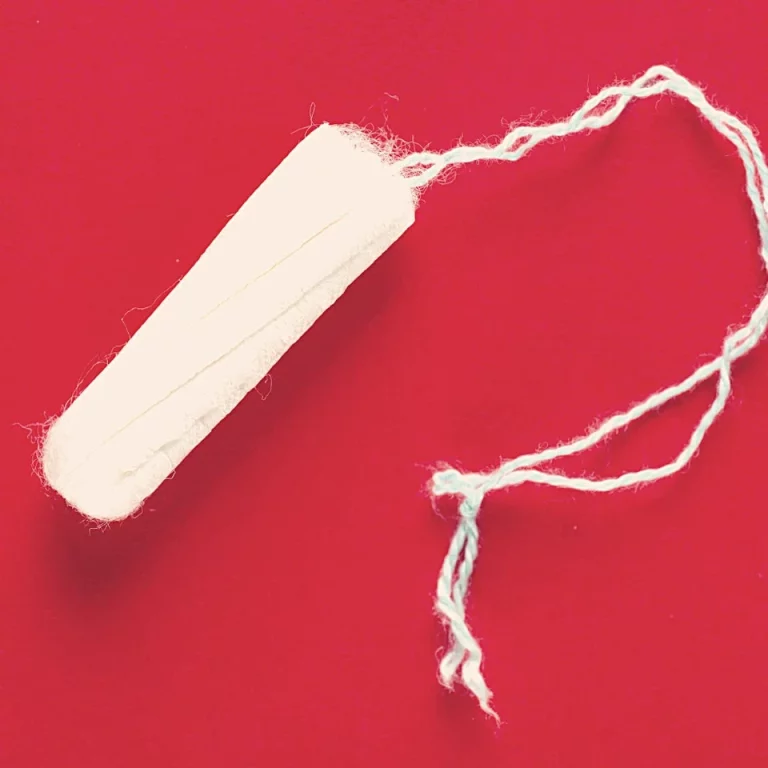What is Vaginismus – and Why Does it Occur?
What is Vaginismus?
Vaginismus occurs due to the spasm or squeezing of the muscles in a woman’s vagina. It typically occurs when something is inserted into the vagina such as the penis during intercourse or a tampon. Vaginismus can be mildly uncomfortable or extremely painful. [1]
What are the symptoms of vaginismus?
The most obvious sign of vaginismus is painful sex, also called dyspareunia. The pain occurs most commonly during penetration and usually goes away or reduces after withdrawal. However, in some cases, the pain may persist for a some time after the withdrawal of the penis or other object. [2]
Dyspareunia is often described by women as a burning sensation or a feeling as if the penis is hitting a hard wall.
It is also common for women with vaginismus to experience discomfort while inserting a tampon or having a pelvic examination at the doctor’s office.
Some other common symptoms that can occur due to vaginismus include:
· Fear or anxiety of pain
· Anxiety before sexual activity
· Inability to have penetrative sex
· Difficulty in inserting a tampon
· Loss of sexual desire
These symptoms tend to be involuntary, which means a woman can not avoid them without proper treatment.
What are the causes of vaginismus?
While the exact cause of vaginismus is not known, it is believed that it might occur due to the fear and anxiety around sexual activity. However, in many cases, it becomes difficult to ascertain what came first: the anxiety or the vaginismus. [3]
Some physical health problems such as infections and excessive dryness of the vagina or cervix can also lead to painful intercourse and cause vaginismus. [4]
Related: Is My Vagina Normal? Plus A Female Anatomy Chart
Treatment of vaginismus
Physical therapy, sometimes called pelvic physical therapy, involves training the women to control the spams of the vaginal or pelvic floor muscles and it can be highly effective for the management of vaginismus. [5]
Exercising at home can also help women to learn to control the contractions of the muscles in the vagina and pelvic floor. This is known as progressive desensitization that allows women to avoid anxiety and gradually feel more comfortable during activities requiring vaginal penetration.
Progressive desensitization involves strengthening the pelvic floor muscles by practicing Kegel exercises.
This is followed by the insertion of one finger into the vagina, up to the first knuckle, while doing Kegel exercises. Women may apply a lubricant on the fingers before insertion to avoid pain.
Starting with inserting one finger, they can work their way up to inserting two and later, three fingers until they can feel comfortable.
Once they find the insertion of 3 fingers to be comfortable, they can try putting specially designed inserts called vaginal dilators into the vagina to help the muscles get accustomed to pressure and size. This therapy can be helpful for women who suffer from vaginismus due to fear or anxiety.
Conclusion
It is possible to treat vaginismus by identifying the possible causes such as anxiety, infections, or dryness and seeking appropriate treatment. Physical therapy or exercising the vaginal muscles can help to relieve the spasms and provide considerable amount of relief from vaginismus.
References:
1. aafp.org/afp/2011/0915/p705.html
2. nhs.uk/Conditions/Vaginismus/Pages/Introduction.aspx
3. mayoclinic.org/diseases-conditions/painful-intercourse/symptoms-causes/syc-20375967
4. https://www.webmd.com/women/guide/vaginismus-causes-symptoms-treatments#1
5. ncbi.nlm.nih.gov/pmc/articles/PMC5913379/
We discuss products we think are useful to people. If you buy something through our links, we may earn a commission. Remember to check with your personal physician to see if a product recommended is right for you.








